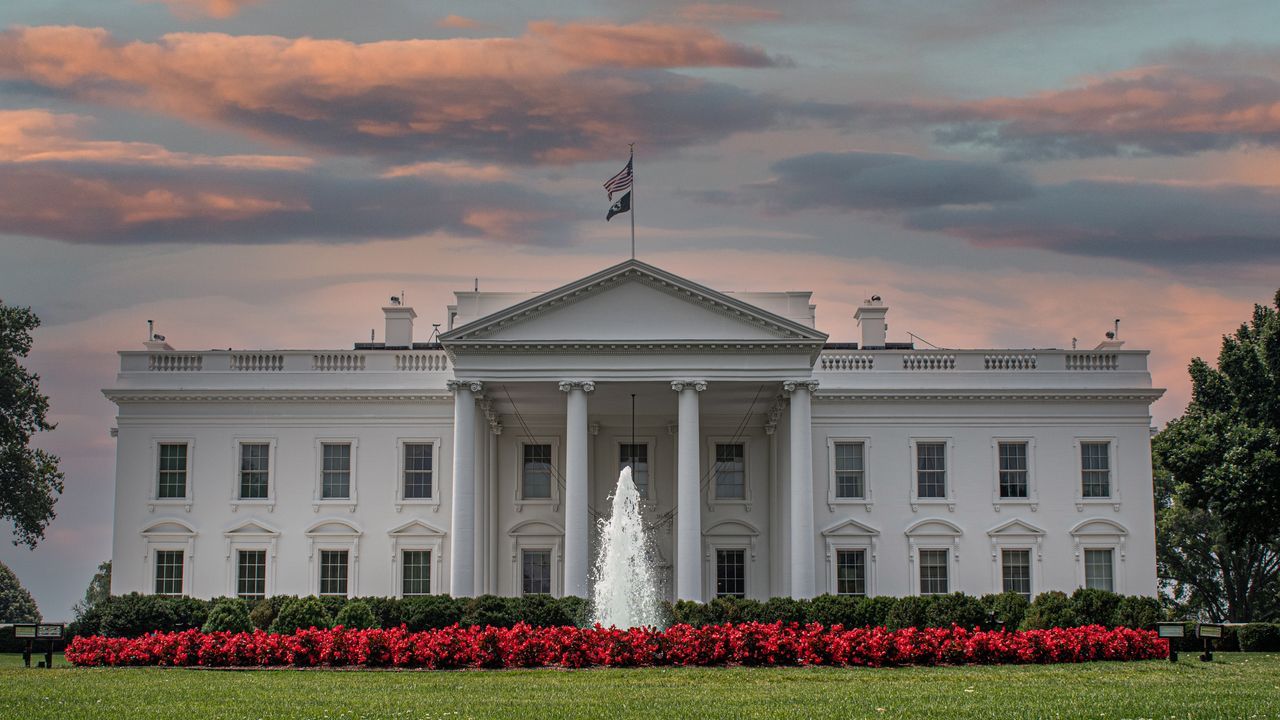
Robert Draws – White House tours often highlight its grand halls and ceremonial spaces upstairs but few truly explore the secrets below. The Ground Floor offers a different perspective filled with lesser-known stories, rich history, and artifacts hidden in plain sight. Long before it became a museum-like passageway for visitors the Ground Floor was where servants worked and machinery buzzed. Over time this space transformed from utility to elegance and now plays a vital role in showcasing national heritage. As part of the public tour today visitors can discover where presidential china is displayed explore a library of American thought and admire an exquisite vermeil collection. Thanks to modern preservation this level reveals stories of transformation and purpose that deepen appreciation for the executive residence. Taking this virtual tour offers a compelling view of American history where every object and corridor echoes the evolution of the presidency itself.
The Ground Floor Corridor of the White House once served purely practical functions as it was used by servants for daily operations. In the late 1800s it had become cluttered with pipes and ducts even housing part of the old furnace room. That all changed during the 1902 renovation led by McKim Mead and White which introduced the East Wing guest entrance and reimagined the corridor entirely. The vaulting was repaired and elegant rugs and seating were added.
First Lady Edith Roosevelt envisioned a corridor of cultural significance prompting the addition of cabinets to display presidential china. Portraits of former First Ladies were also placed along the walls marking the start of a new tradition. This transformation redefined the space as a place of honor rather than service. Today the corridor is not only functional but serves as a visual timeline reflecting the evolving role of First Ladies and the symbolic heart of the nation.
The White House Library situated on the Ground Floor represents the intellectual heritage of the country through its curated collection. This room once functioned as a laundry area until the renovation of 1902 gave it new purpose. It officially became a library in 1935 and today houses around 2800 volumes that explore American history politics and culture. In the age of media this space often becomes a backdrop for televised addresses and interviews.
The transformation of this room mirrors the broader shift of the Ground Floor from service to symbolism. With its wooden shelves comfortable seating and framed art the library blends function with history. Every book on display was carefully selected to align with the spirit of the presidency and national identity. Visitors stepping into the White House Library find a space that promotes reflection learning and storytelling all within the walls of one of the most important buildings in the world.
“Read more: Tragedy in Gaza: Child Dies Amid Malnutrition Crisis Shocking the World!”
The Vermeil Room takes its name from the brilliant collection of gilded silver it now displays. This treasure trove came to the White House in 1958 thanks to a generous bequest by Margaret Thompson Biddle. The room itself however has undergone many lives. It may have been a servant’s quarters originally and later served as a coatroom office and even a billiard room. Under the Nixon administration it found its current identity as a refined sitting room and display gallery. The vermeil collection includes nearly 1600 items made by master silversmiths from 18th and 19th century France and England. Some of these dazzling pieces are rotated throughout the house but the Vermeil Room remains the collection’s main showcase. The elegant setting combined with historical significance makes it one of the more striking rooms on the Ground Floor. Visitors are often captivated by the delicate artistry and sense of timeless luxury.
The China Room on the White House Ground Floor is a visual archive of the nation’s culinary diplomacy. Since 1917 this room has displayed ceramics glassware and silver used by presidents and first families. The origins of the collection trace back to First Lady Caroline Harrison who took an interest in preserving china patterns from different administrations. Her idea found new life under Edith Wilson who completed the space as a dedicated gallery for presidential tableware. Abby Gunn Baker a journalist and historian helped assemble and organize the growing collection. Visitors today can see everything from the hand-painted sets of the 19th century to more modern service pieces. Cabinets line the walls showcasing a timeline of presidential hospitality and artistic style. This room not only honors the traditions of American hosting but also offers insight into changing tastes and diplomatic customs over the centuries.
The East Garden Room serves as a transition space between the Residence and East Wing of the White House. While it was once a servant’s storage room its current function is both practical and ceremonial. Entering from the East Colonnade guests encounter a bronze bust of Abraham Lincoln sculpted by Gutzon Borglum. Alongside are rotating displays of historical photographs and seasonal decorations like official White House Christmas cards. Portraits of former presidents add to the grandeur. Over time this room has served as a dressing room office and meeting area before settling into its present role as a reception space. Natural light flows through its glass walls connecting the interior to the Jacqueline Kennedy Garden just outside. Today it offers a warm welcome that seamlessly blends presidential history with contemporary elegance making it a unique stop in the Ground Floor tour.
This article is sourced from artsandculture.google.com and for more details you can read at robertdraws
Writer: Sarah Azhari
Editor: Anisa